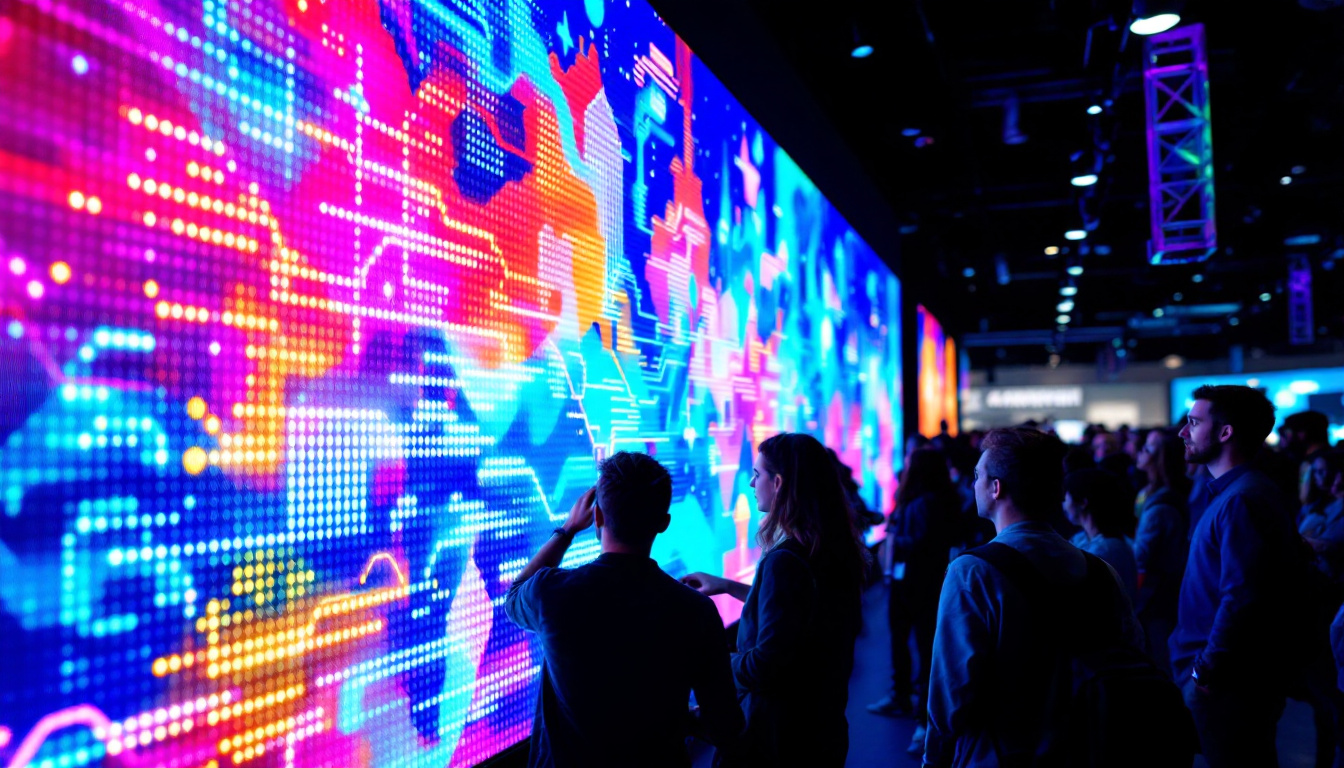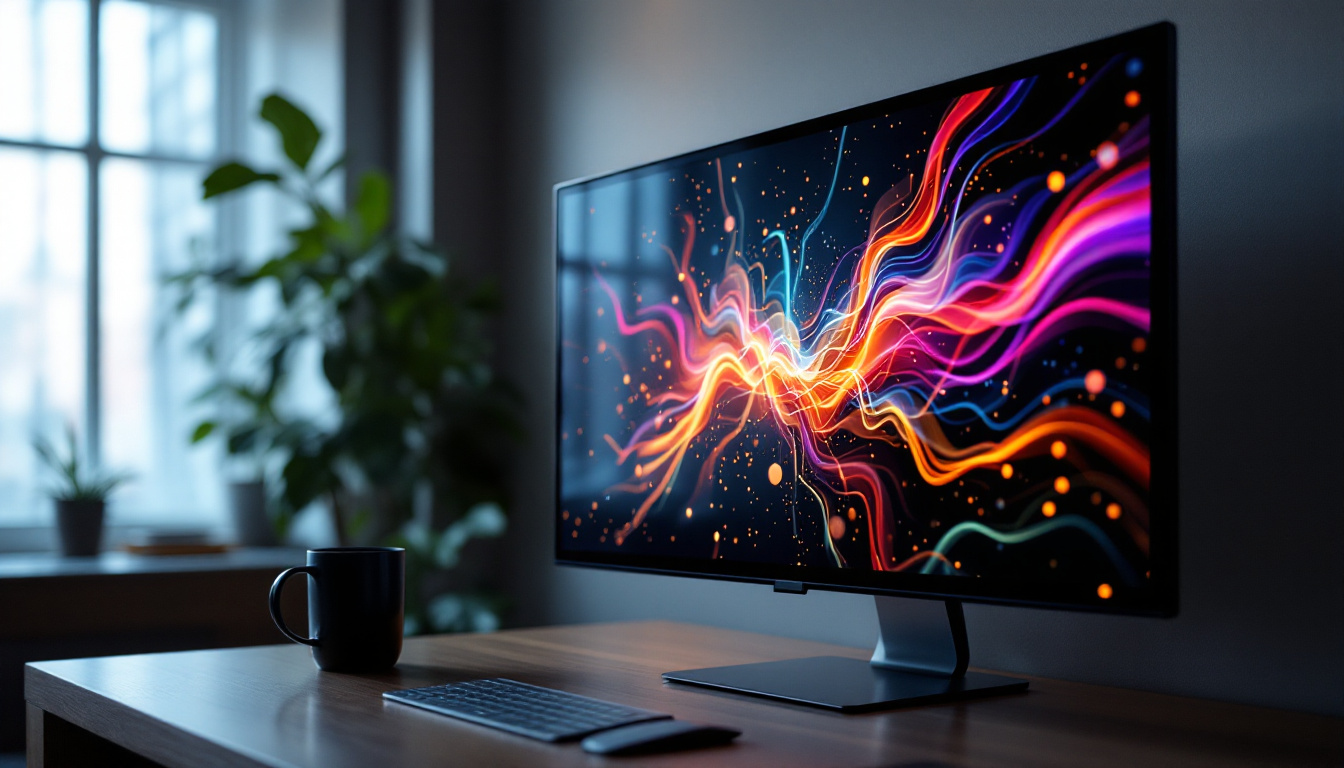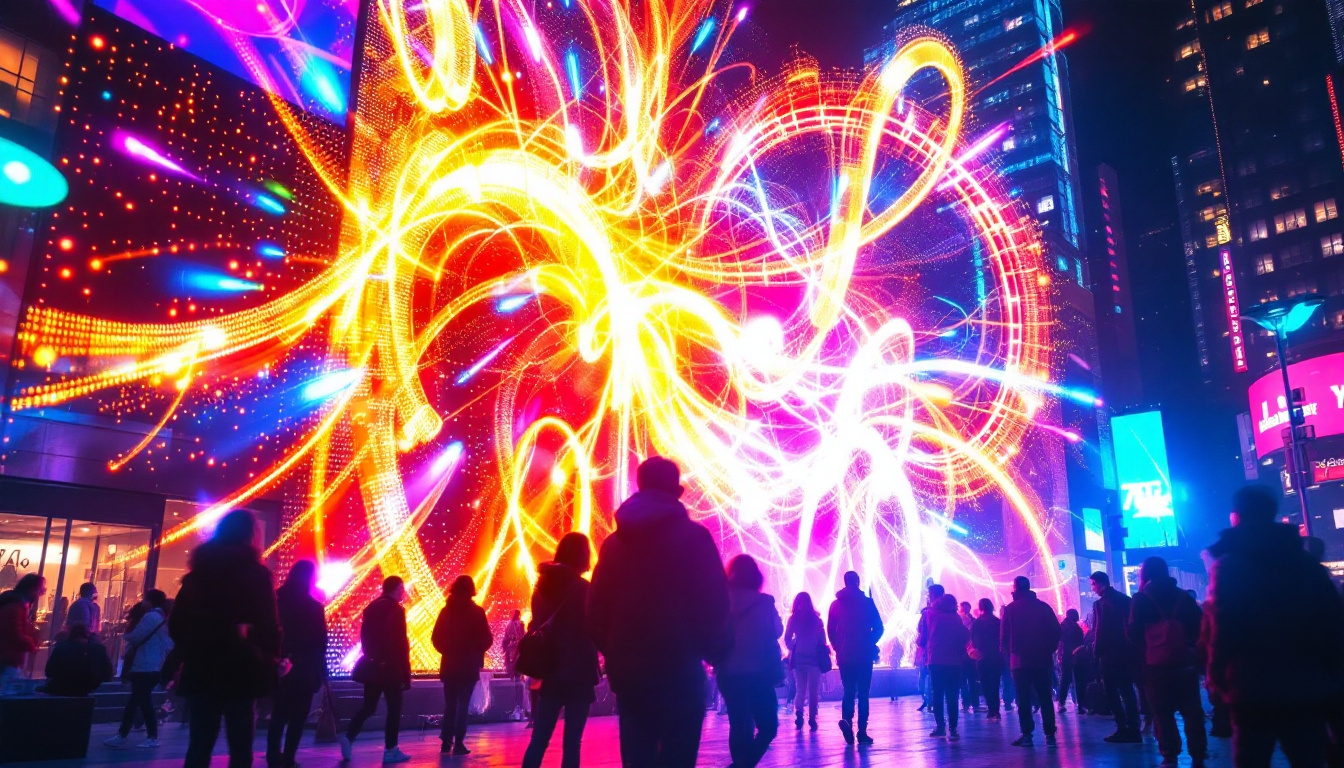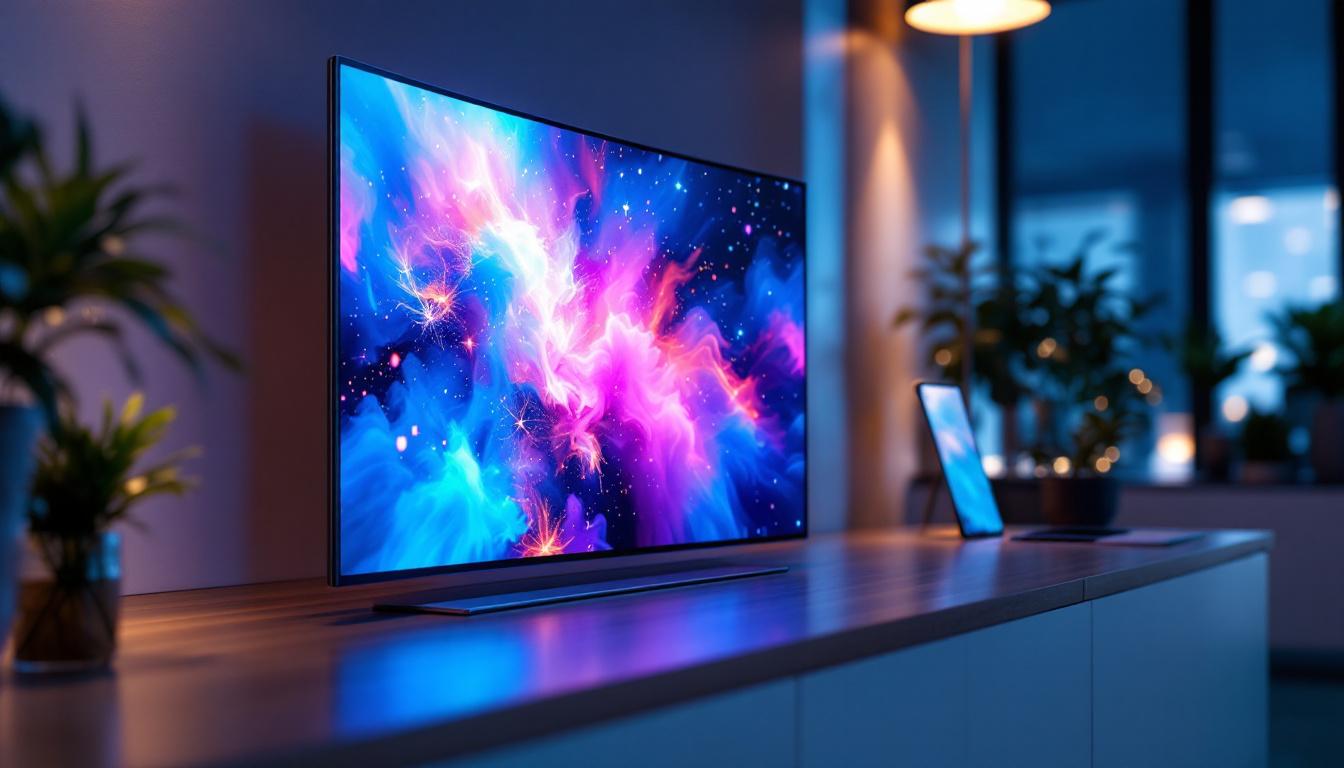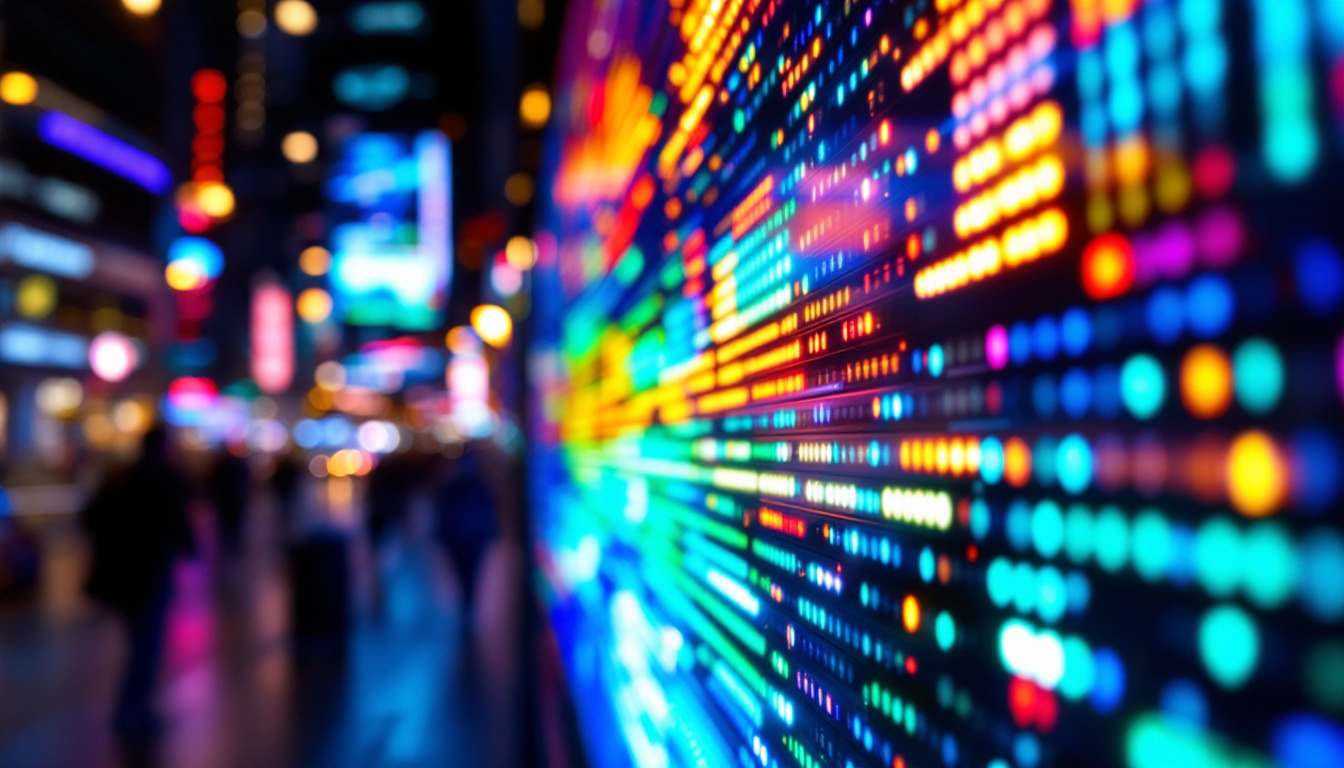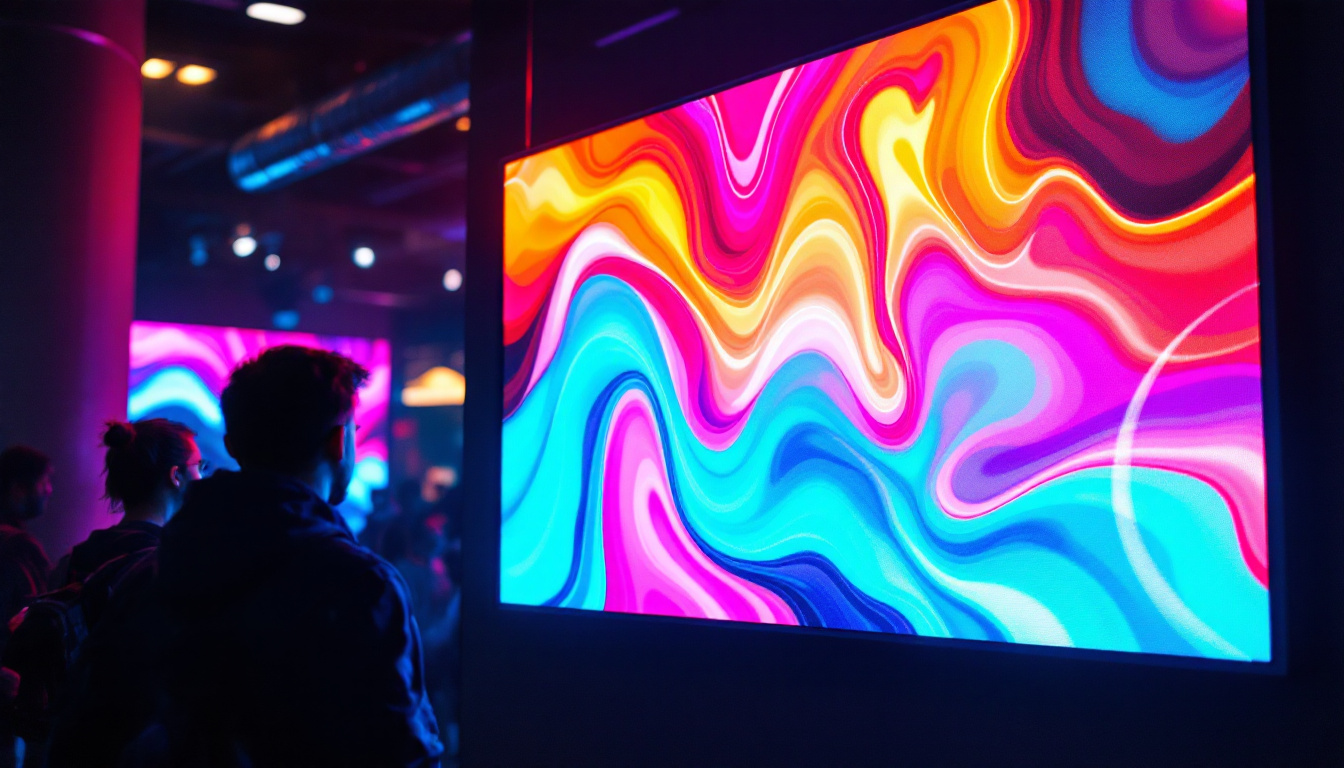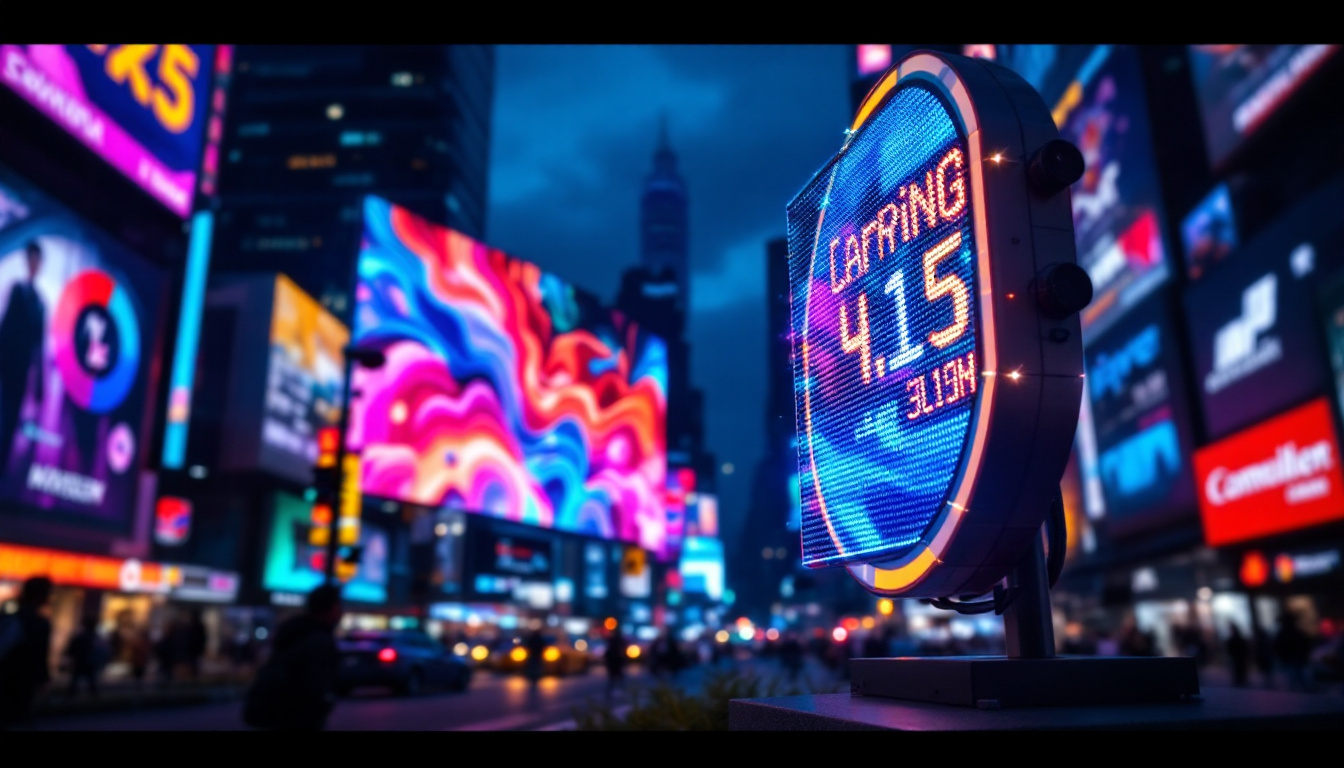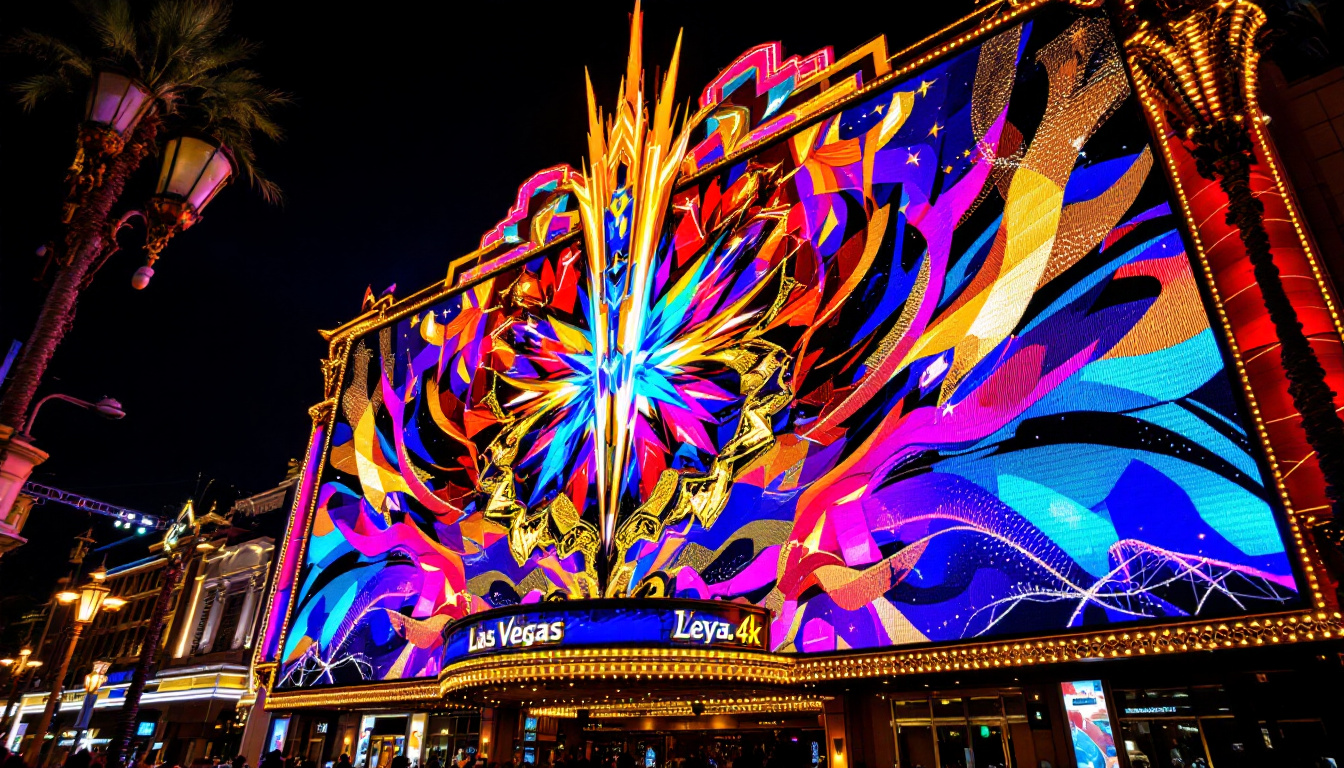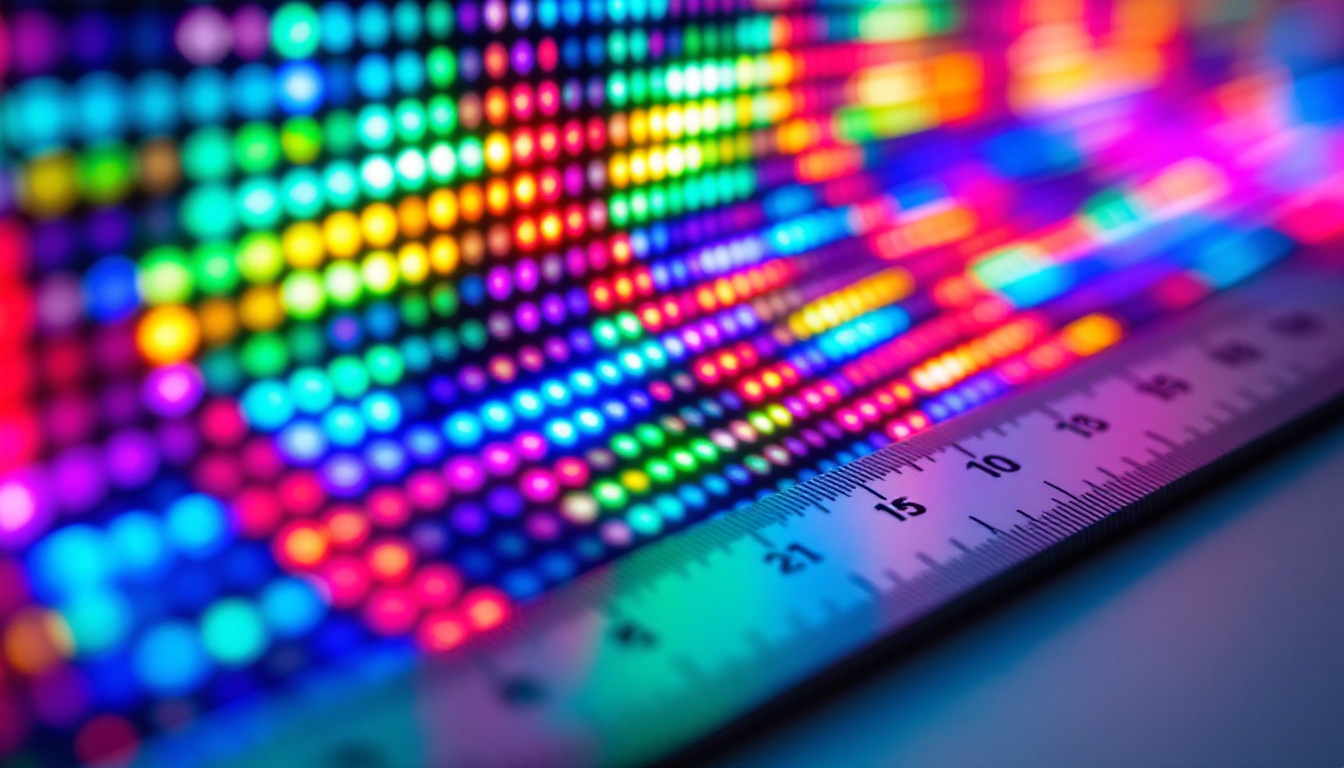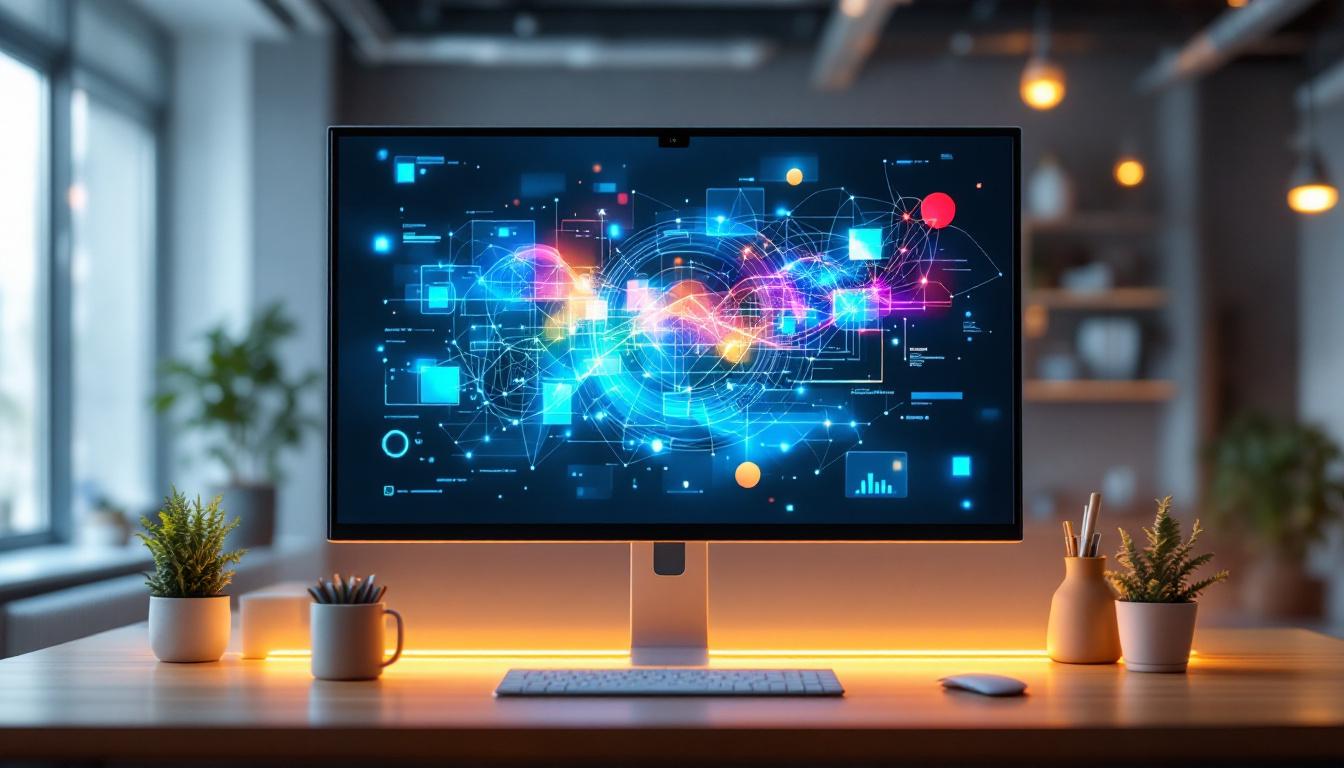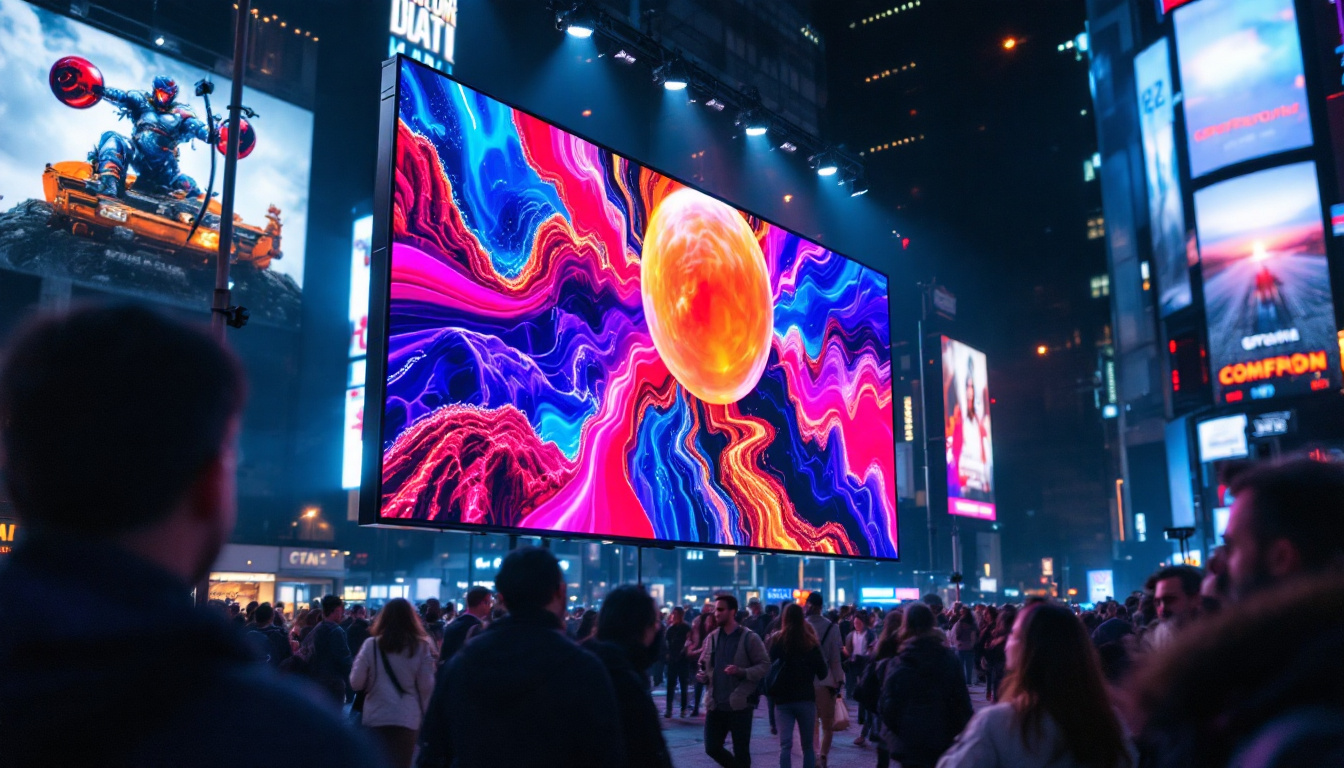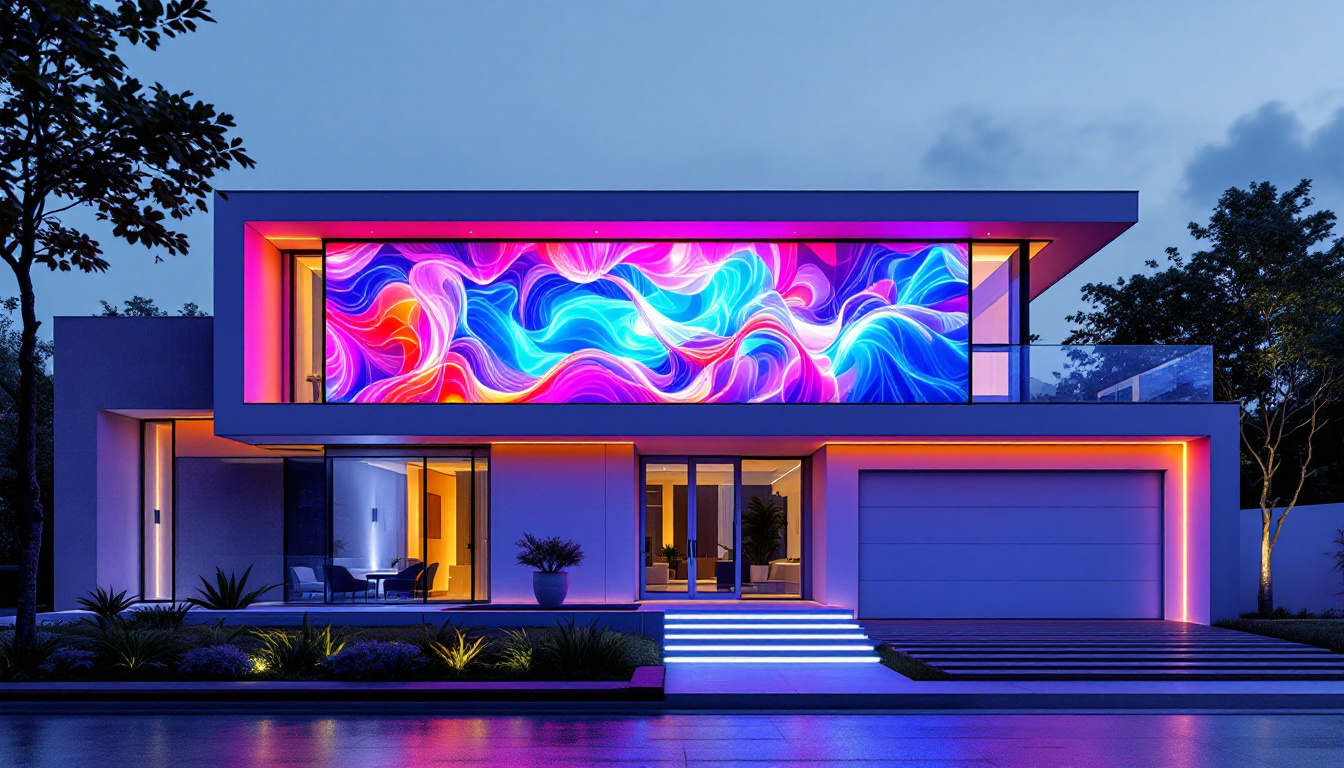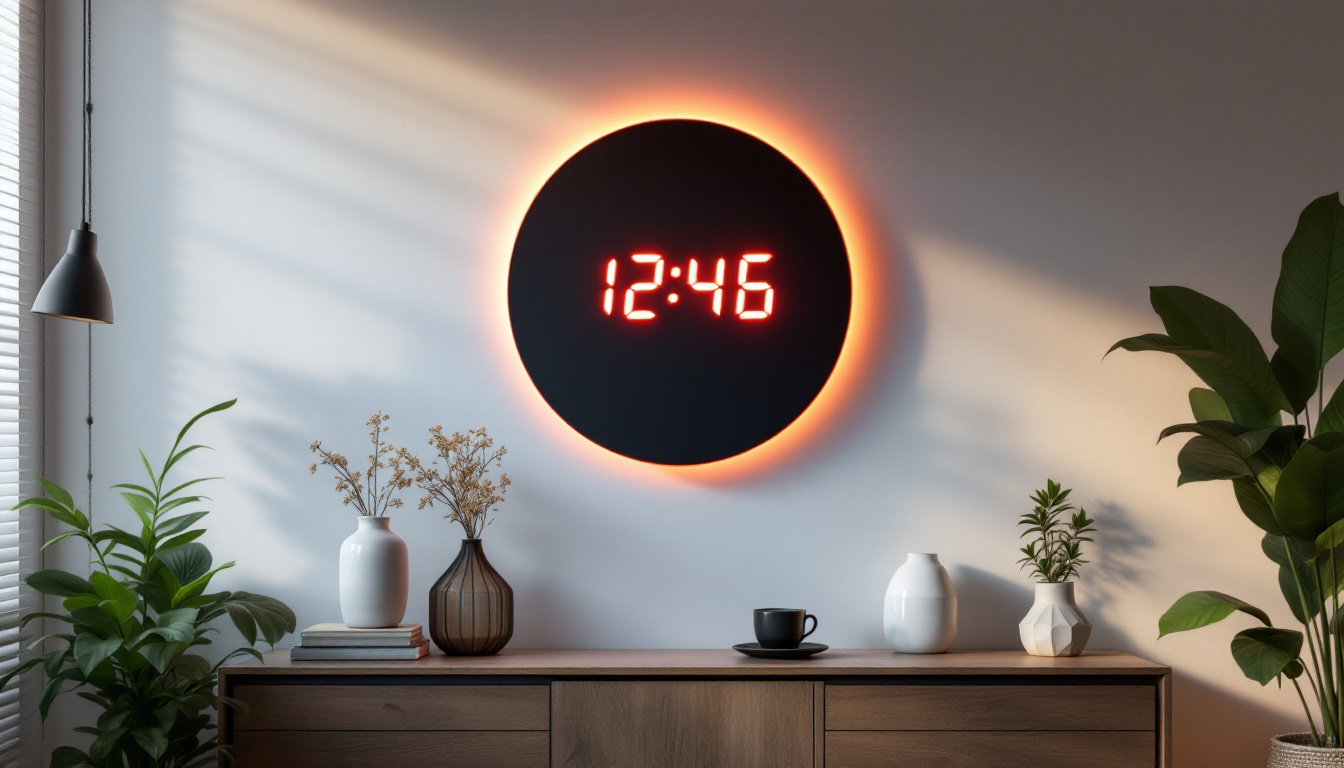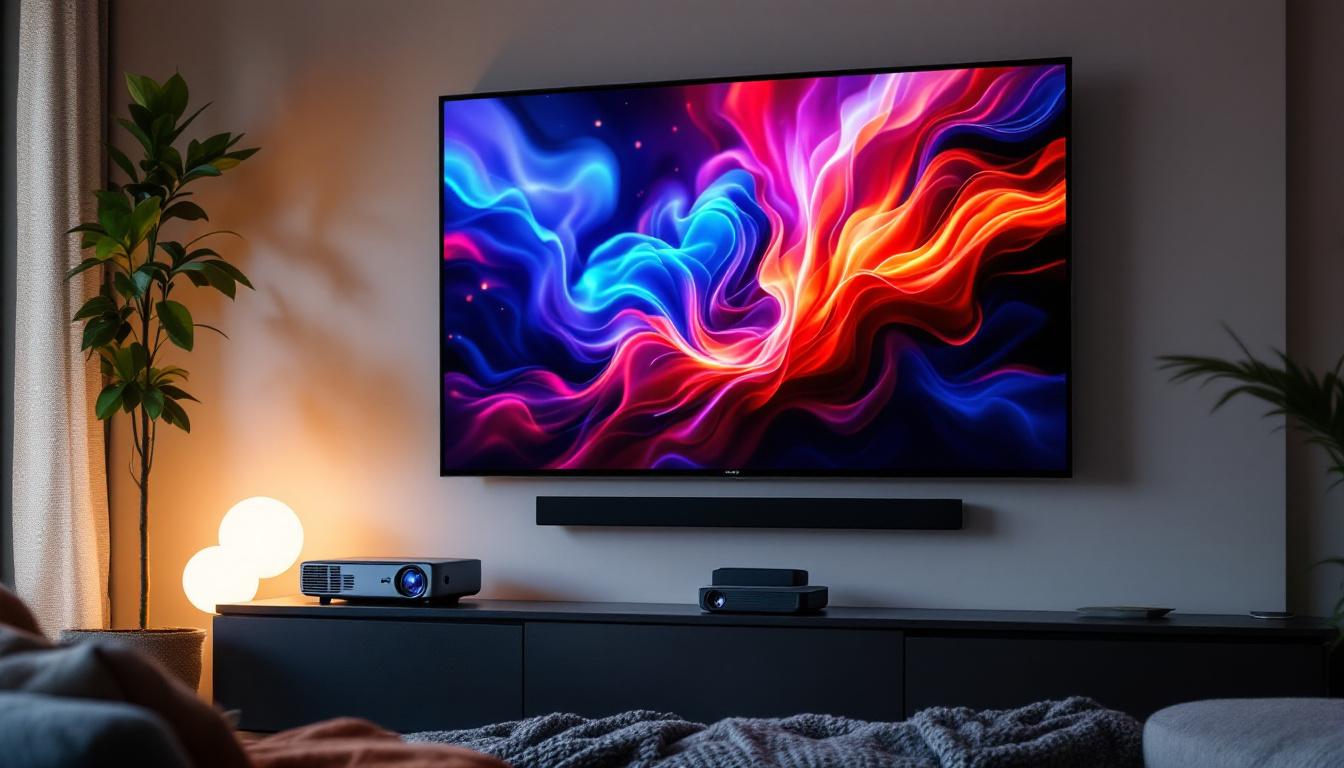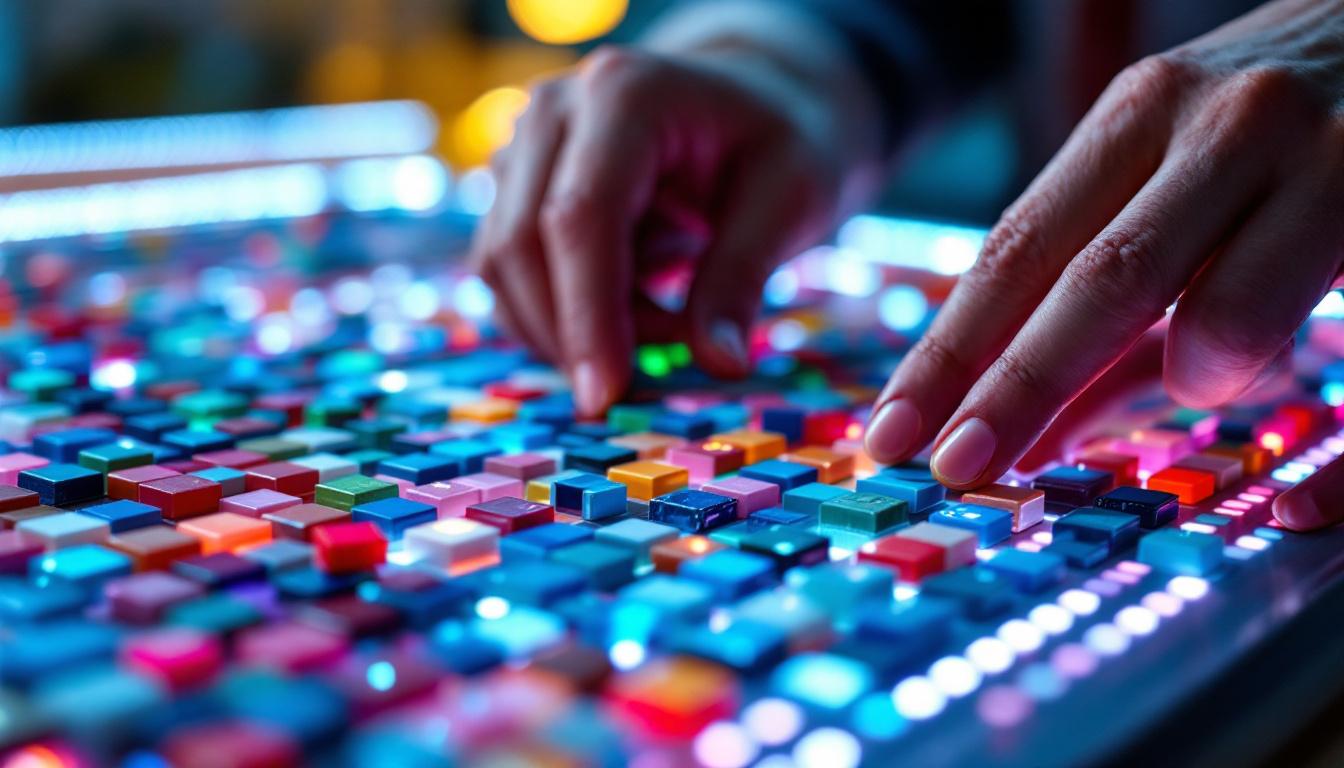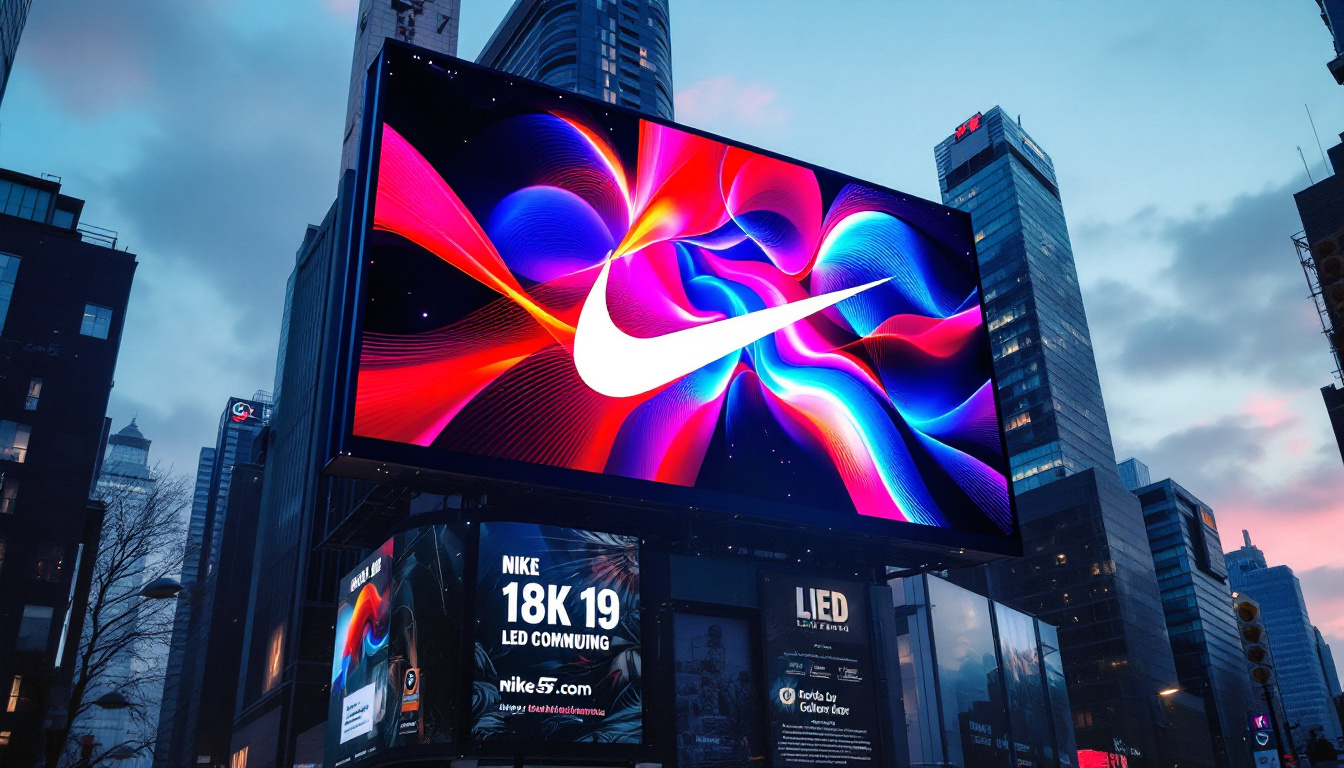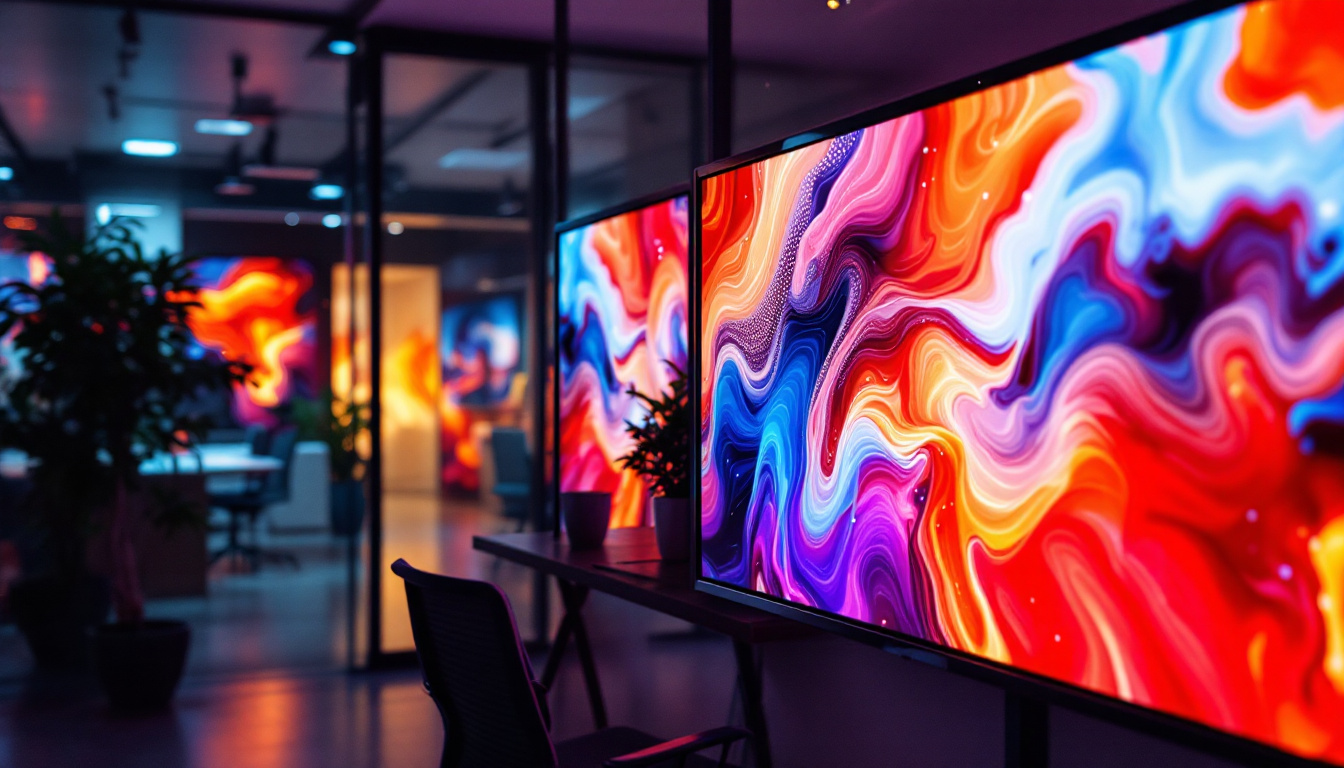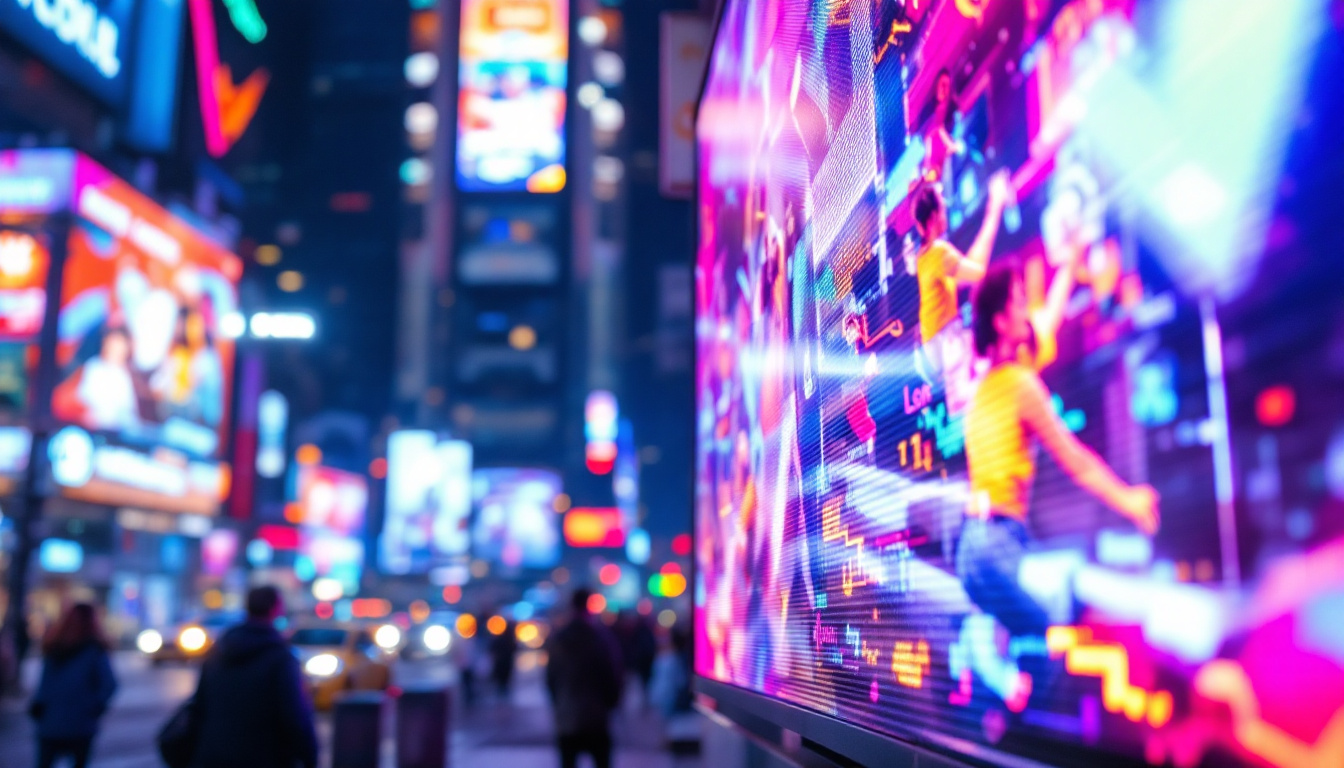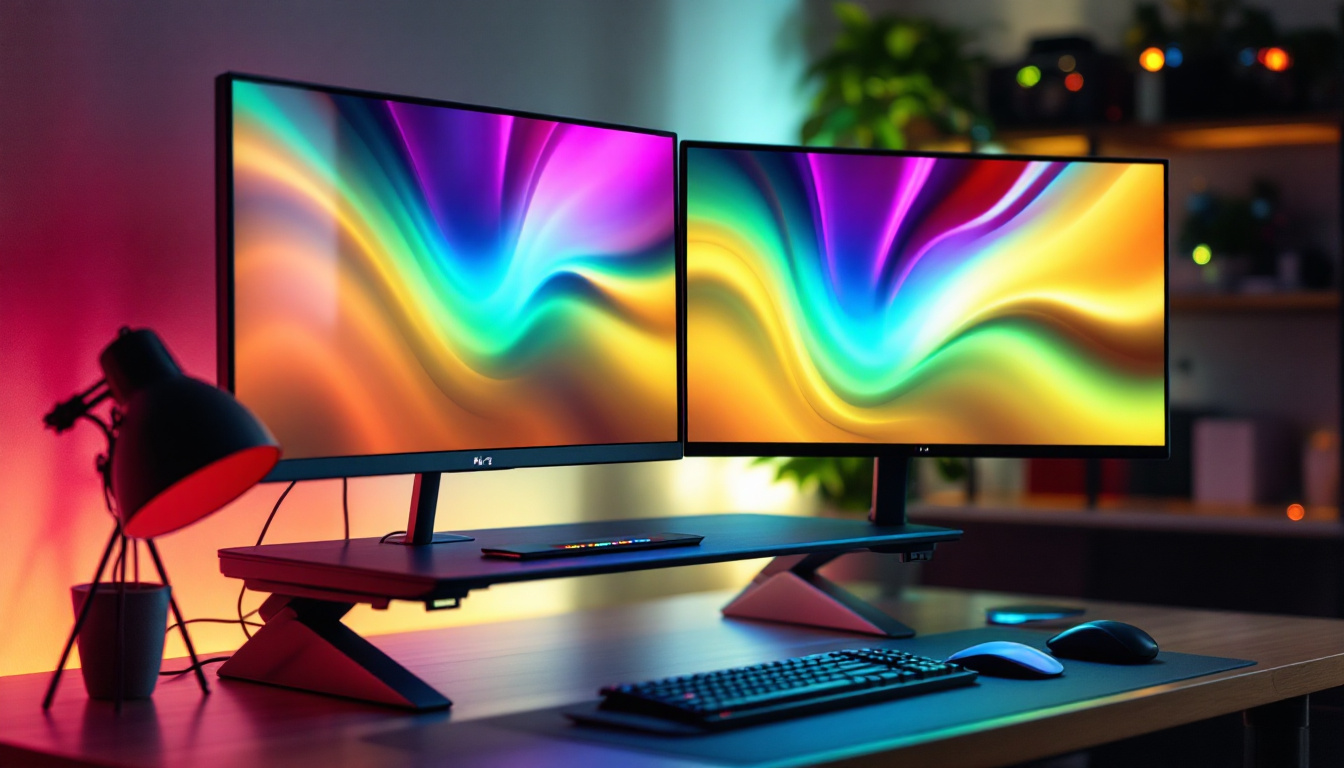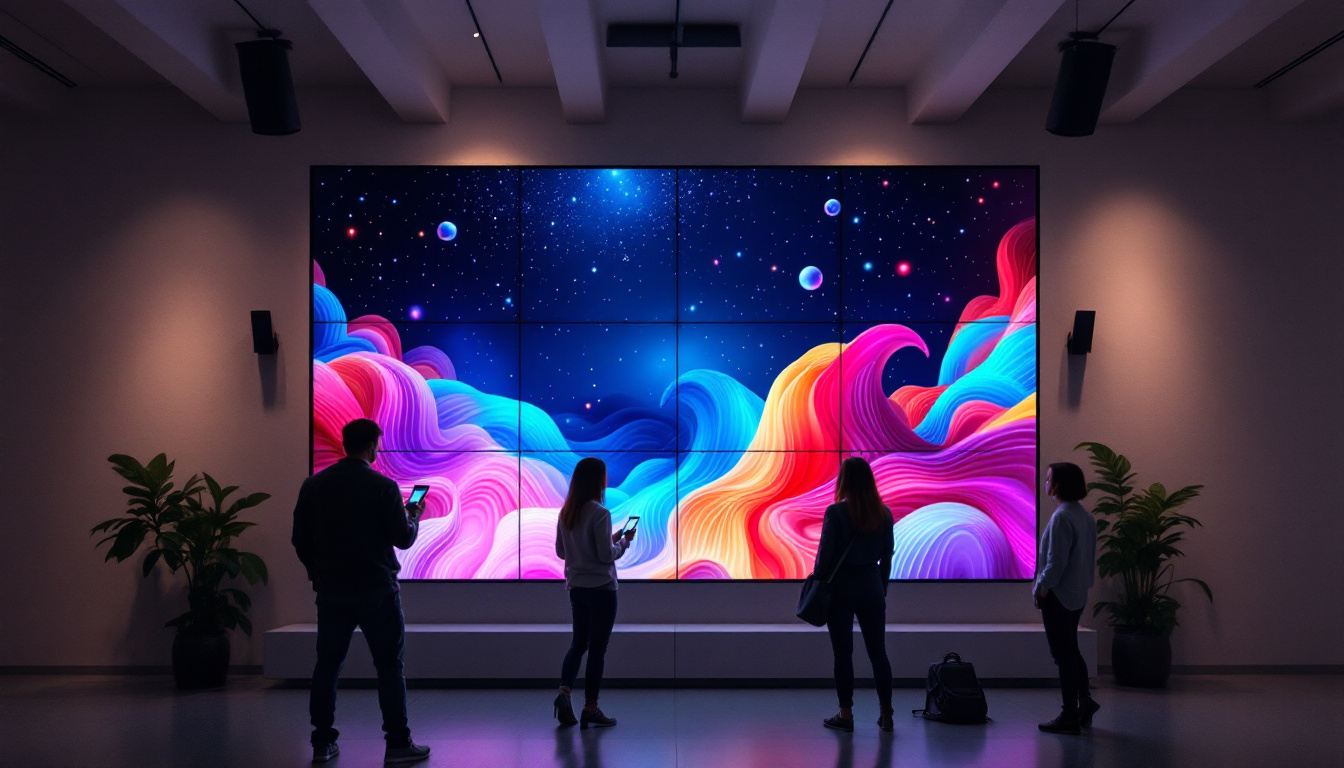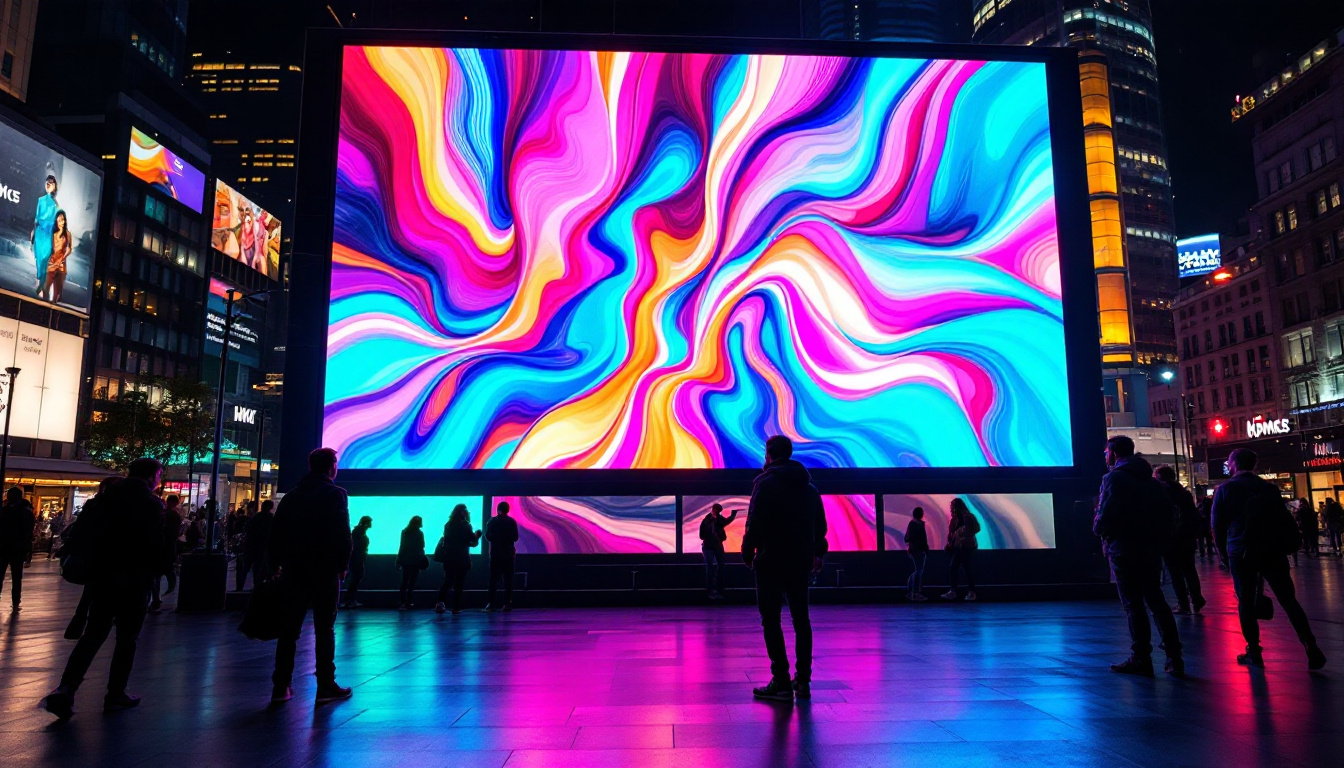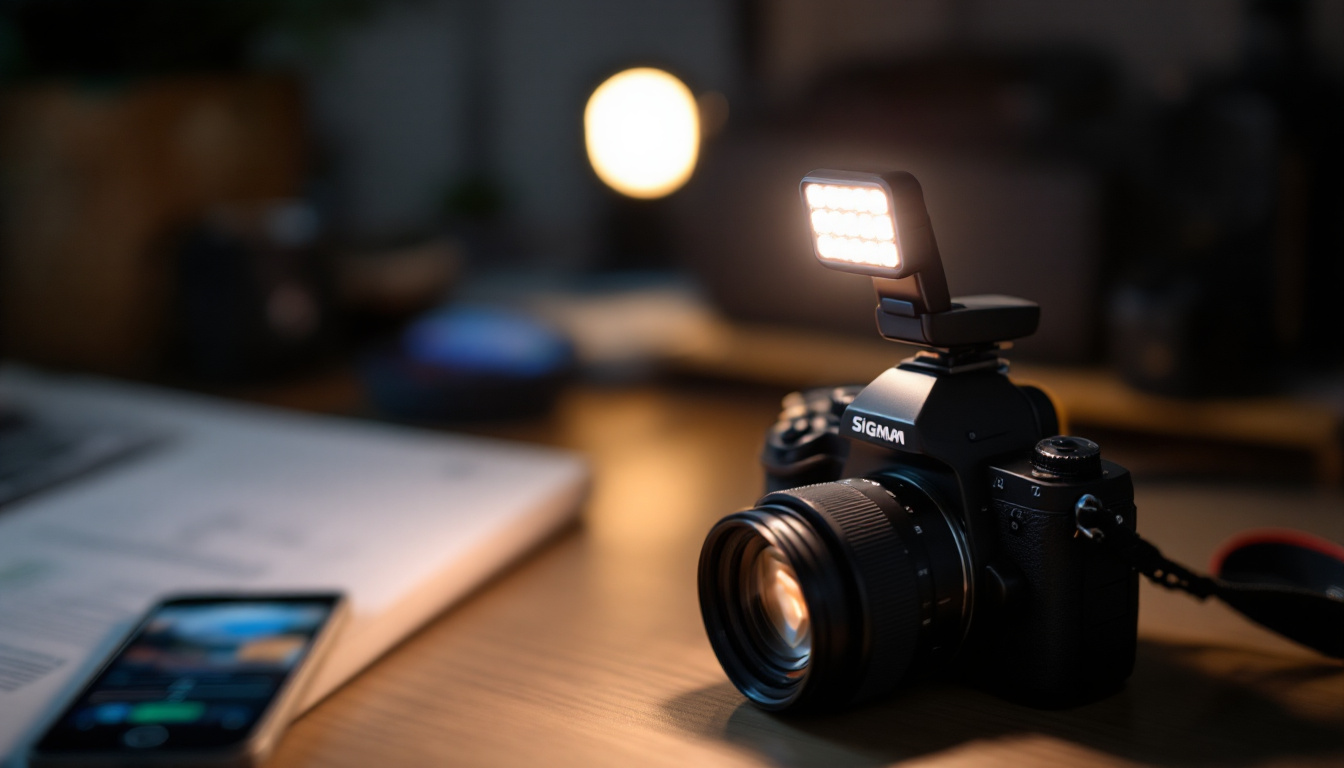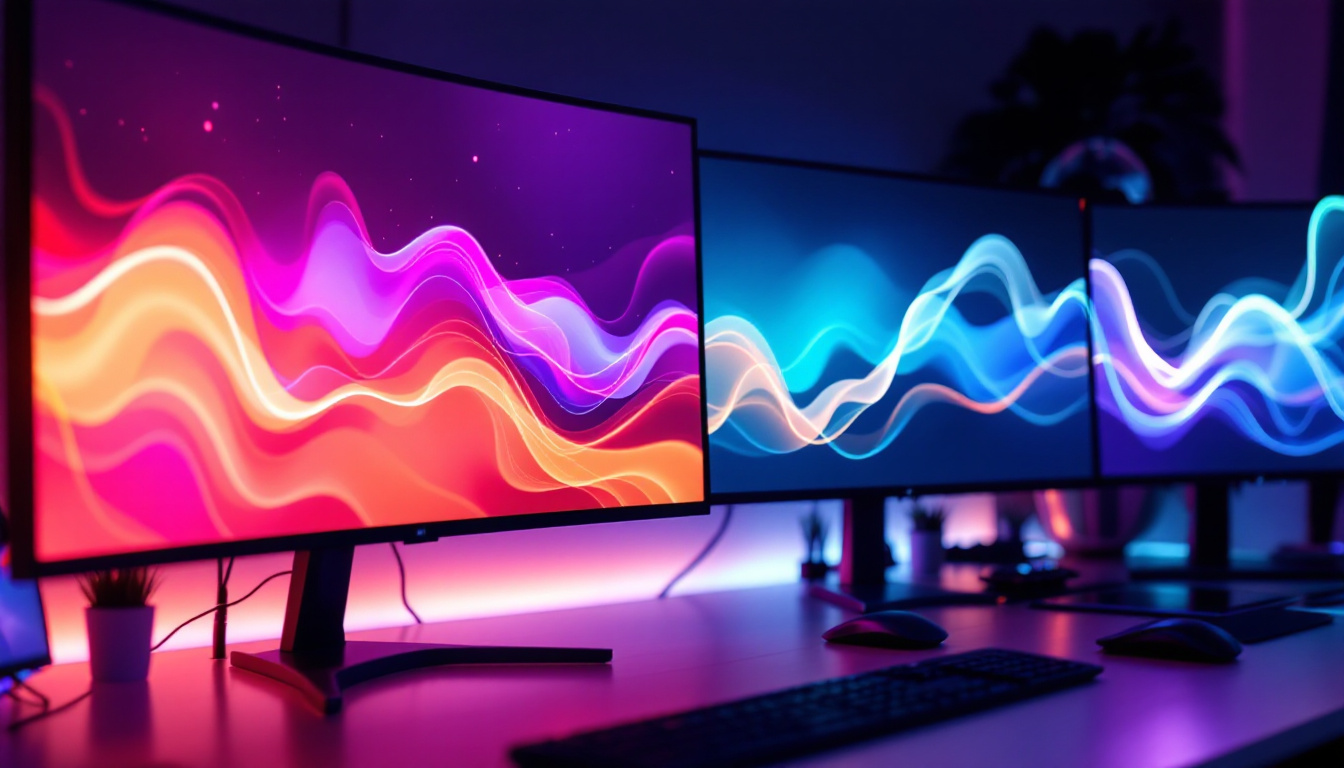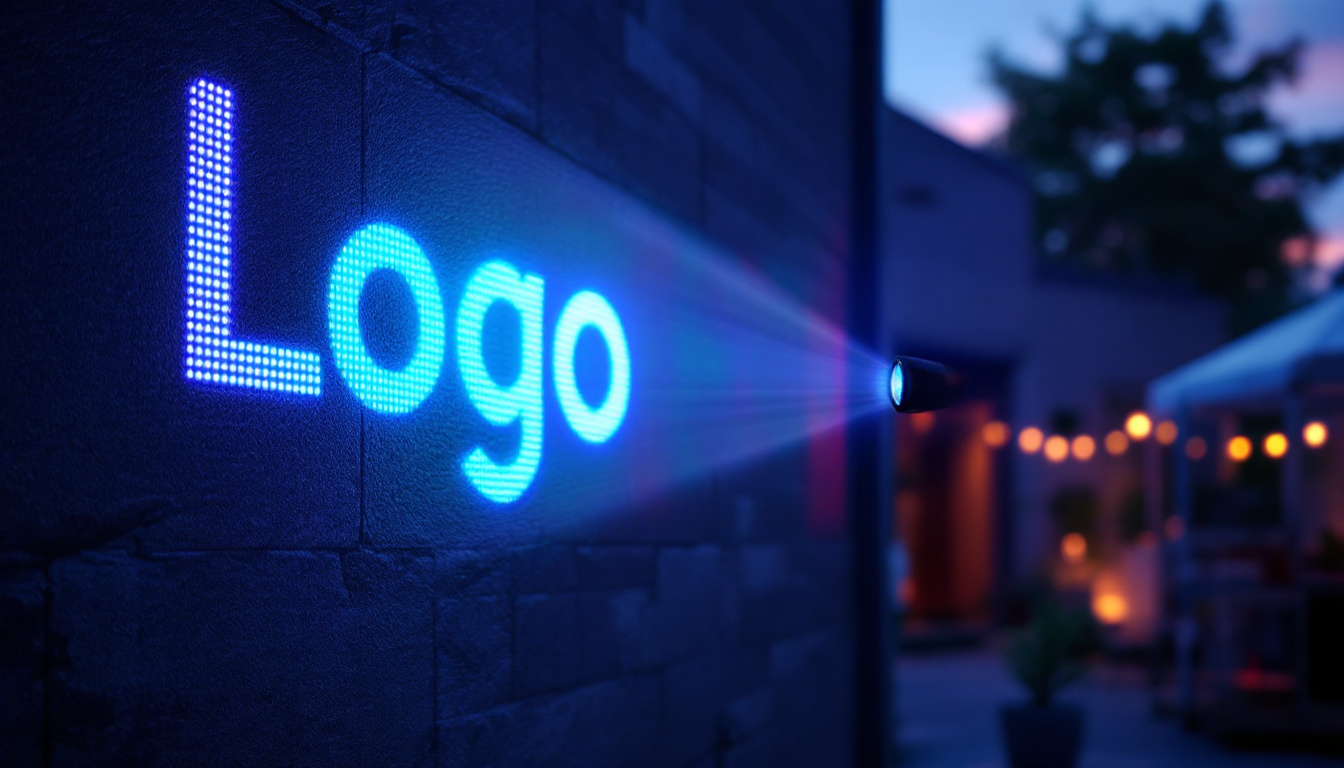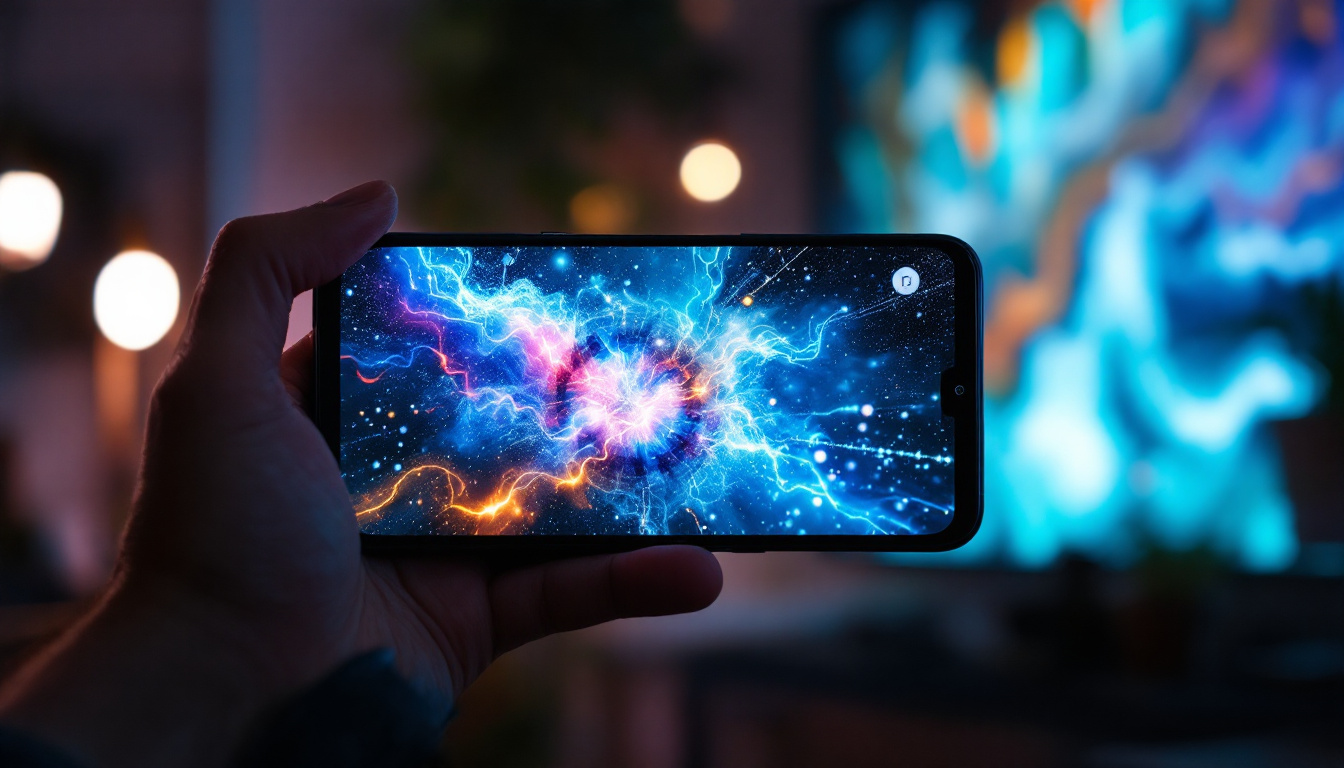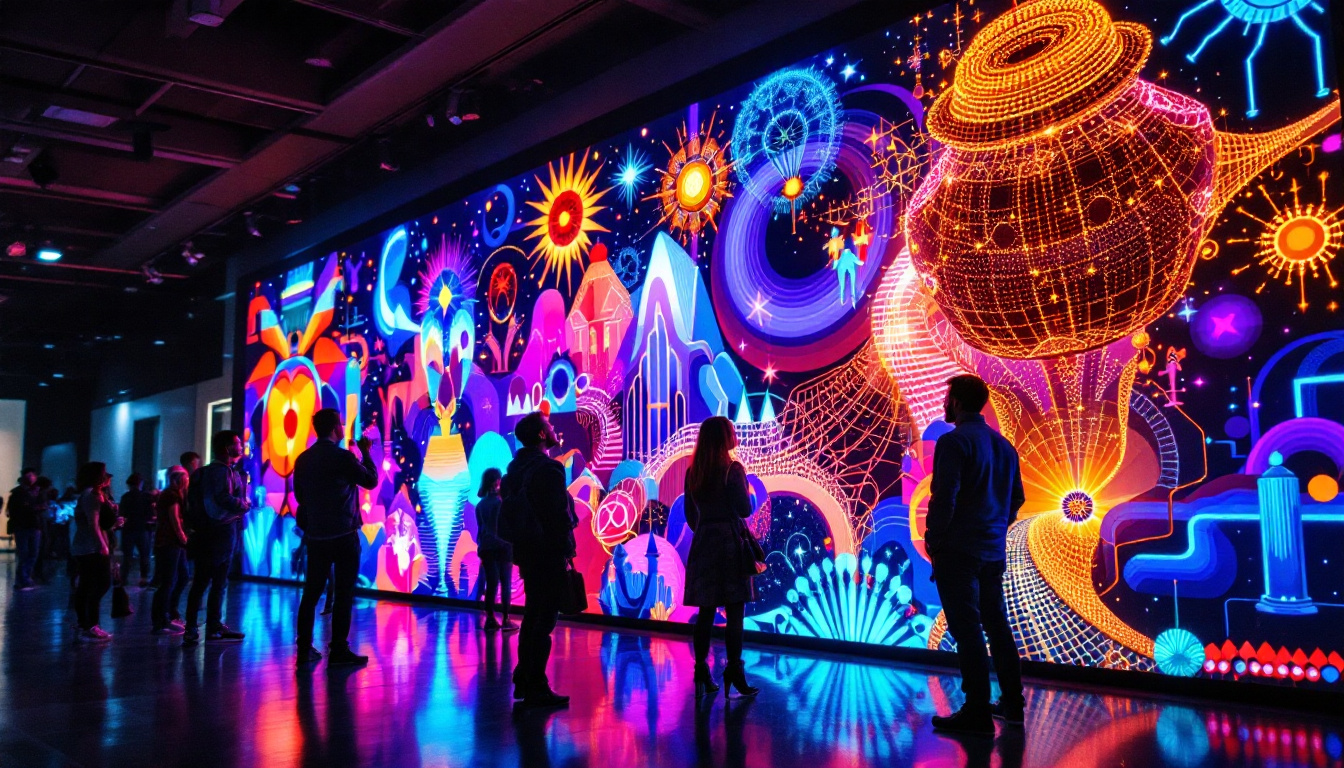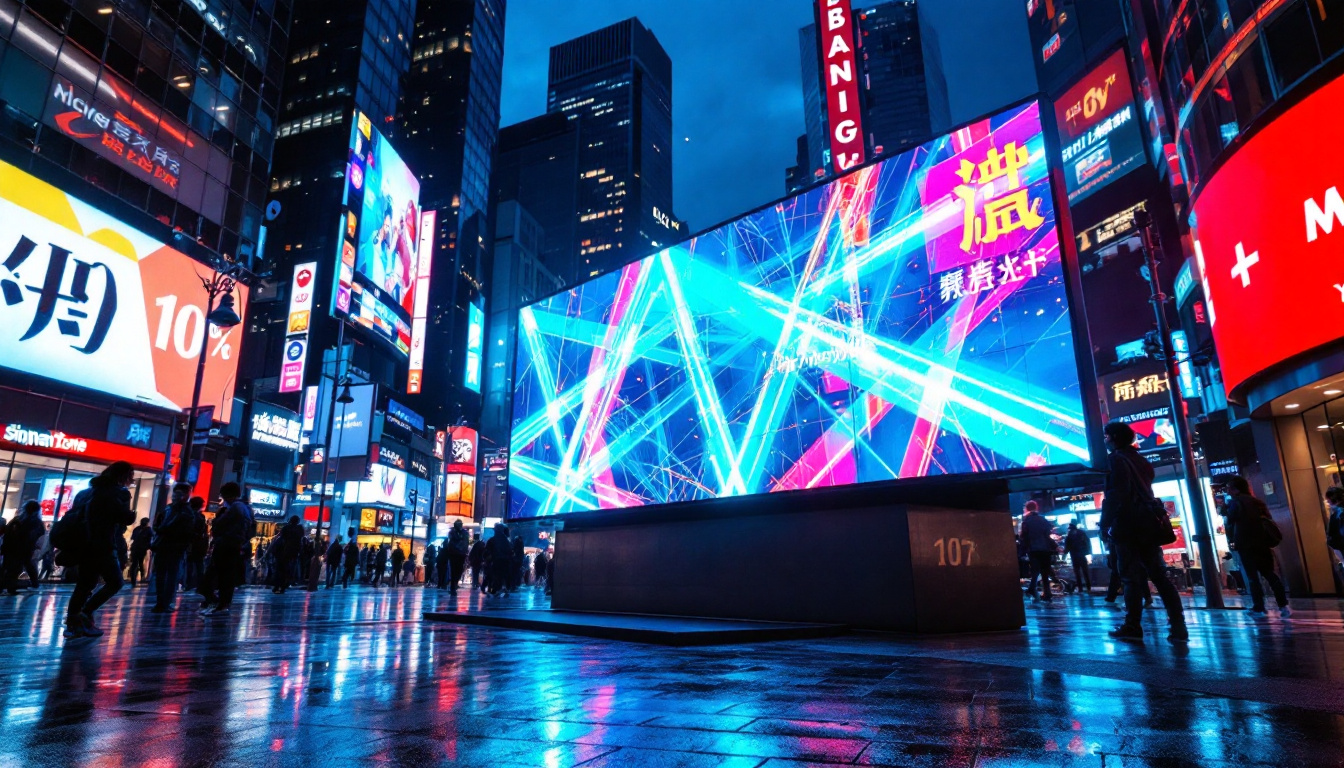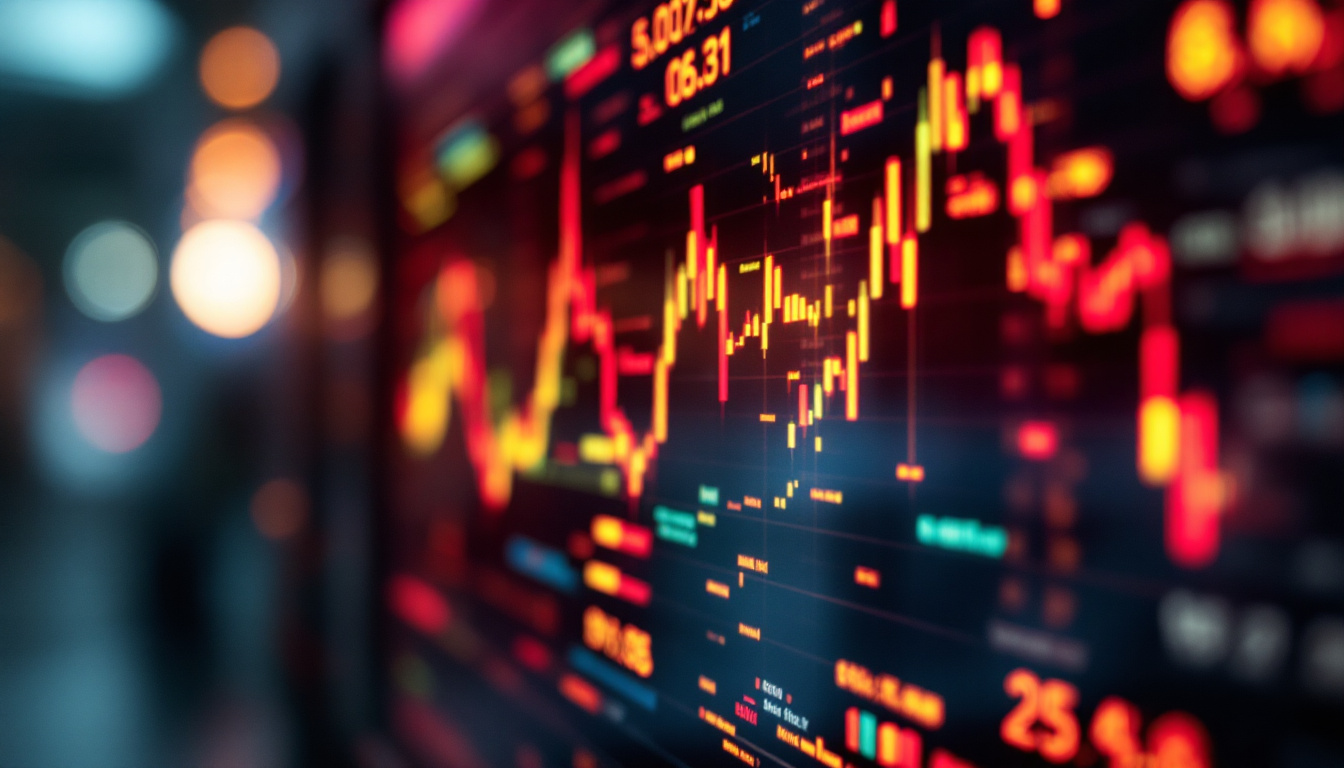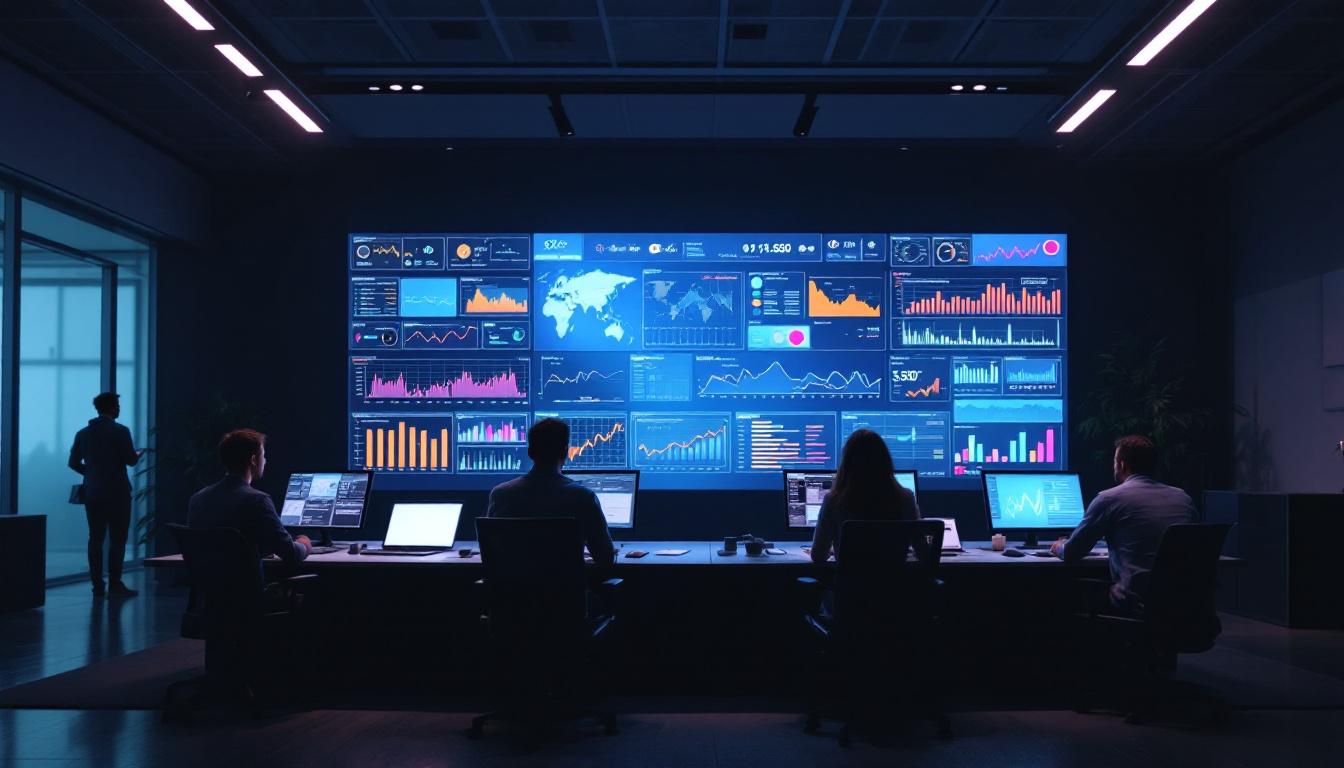The NAB Conference, a premier event for professionals in the broadcasting and media industries, has become a significant platform for showcasing advancements in technology. Among the many innovations displayed, LED technology stands out, particularly in the realm of visual displays. This article delves into the intricacies of LED displays, their applications, and the future of this dynamic technology.
Understanding LED Technology
LED, or Light Emitting Diode, is a semiconductor device that emits light when an electric current passes through it. This technology has revolutionized the way we perceive visual content, offering vibrant colors, energy efficiency, and longevity compared to traditional display methods. The shift from incandescent bulbs and fluorescent lights to LED technology has not only enhanced the quality of lighting but has also significantly reduced energy consumption, making it a more sustainable option for both consumers and businesses alike.
At its core, an LED display consists of numerous small diodes arranged in a grid. Each diode can emit different colors, which combine to create a full spectrum of hues. This allows for high-resolution images and videos that captivate audiences in various settings, from concert venues to corporate presentations. The versatility of LED technology extends beyond mere display; it is also used in architectural lighting, automotive lighting, and even in horticulture, where specific wavelengths can promote plant growth. As a result, LED technology continues to find new applications, pushing the boundaries of what is possible in visual and functional design.
The Components of LED Displays
LED displays are composed of several key components that work together to produce stunning visuals. The primary elements include:
- LED Modules: These are the building blocks of the display, containing multiple LEDs that can be individually controlled.
- Control Systems: These systems manage the input signals and ensure that the correct images and videos are displayed at the right times.
- Power Supply: A stable power supply is essential for maintaining the brightness and functionality of the LEDs.
Understanding these components is crucial for anyone looking to utilize LED displays effectively, whether for broadcasting, advertising, or live events. Additionally, the integration of advanced technologies such as smart controls and wireless connectivity has further enhanced the capabilities of LED displays. For instance, many modern systems allow for real-time updates and remote management, enabling users to change content on-the-fly, which is particularly beneficial for dynamic advertising campaigns or live event settings. As the technology continues to evolve, the potential for interactive displays and augmented reality applications is becoming increasingly feasible, paving the way for more engaging and immersive experiences.
Applications of LED Displays
LED displays have found their way into numerous industries, each leveraging the technology’s unique benefits. From entertainment to information dissemination, the versatility of LED displays is remarkable.
Broadcasting and Media
In the broadcasting sector, LED displays are used for everything from news broadcasts to live sports events. Their ability to deliver high-definition visuals ensures that viewers receive an immersive experience, regardless of the viewing platform.
Moreover, LED screens are often used as backdrops in studios, enhancing the aesthetic appeal and providing dynamic content that can be updated in real-time. This adaptability is invaluable in a fast-paced media environment where information needs to be current and engaging. The integration of LED technology also allows for the incorporation of augmented reality elements, creating a more interactive experience for viewers. As broadcasters continue to innovate, the role of LED displays in storytelling and viewer engagement will likely expand even further.
Advertising and Marketing
Digital billboards and advertising displays have embraced LED technology due to its eye-catching brightness and clarity. These displays can be programmed to show different advertisements at various times, maximizing exposure and engagement with potential customers.
Furthermore, the ability to integrate LED displays with social media feeds and live data allows brands to create interactive campaigns that resonate with audiences. This level of engagement is crucial in today’s competitive market, where capturing attention is paramount. The use of LED displays in retail environments has also transformed the shopping experience, with stores employing them to showcase promotions, product launches, and even customer testimonials in real-time, thereby enhancing customer interaction and driving sales.
Events and Entertainment
From concerts to corporate events, LED displays play a pivotal role in enhancing the overall experience. Large-scale LED screens can transform venues, providing stunning visuals that captivate audiences. The flexibility of LED technology allows for various configurations, such as curved or modular designs, making it suitable for any event layout.
Additionally, the portability of many LED systems means they can be easily transported and set up, making them ideal for touring productions and temporary installations. The versatility of these displays extends to their ability to synchronize with sound and lighting systems, creating a cohesive atmosphere that elevates the event experience. As technology advances, we can expect to see even more innovative uses of LED displays in live performances, including interactive elements that allow audiences to engage with the show in real-time, further blurring the lines between performer and spectator.
Advantages of LED Displays
The adoption of LED technology offers numerous advantages over traditional display methods, making it a preferred choice for many applications.
Energy Efficiency
One of the most significant benefits of LED displays is their energy efficiency. Compared to incandescent or fluorescent lighting, LEDs consume significantly less power, resulting in lower operational costs. This efficiency not only benefits the environment but also allows businesses to allocate resources more effectively.
Longevity and Durability
LED displays are known for their longevity, often lasting tens of thousands of hours before requiring replacement. This durability is particularly advantageous in high-traffic environments where displays are subject to wear and tear. The robust nature of LEDs ensures that they can withstand various conditions, making them suitable for both indoor and outdoor use.
High-Quality Visuals
LED technology provides exceptional picture quality, with vibrant colors and sharp contrasts that enhance the viewing experience. The ability to produce high-resolution images makes LED displays ideal for applications where visual clarity is crucial, such as in broadcasting and advertising.
Moreover, advancements in LED technology continue to improve color accuracy and brightness, pushing the boundaries of what is possible in visual displays.
Challenges and Considerations
Despite their many advantages, LED displays are not without challenges. Understanding these challenges is essential for anyone considering the implementation of this technology.
Cost of Implementation
The initial investment for LED displays can be substantial, especially for large-scale installations. While the long-term savings in energy and maintenance costs can offset this initial expenditure, businesses must carefully evaluate their budgets and projected return on investment.
Additionally, the rapid pace of technological advancements means that what is cutting-edge today may become outdated in a few years, prompting further investments in upgrades or replacements.
Technical Expertise
Operating and maintaining LED displays requires a certain level of technical expertise. This includes understanding the control systems, troubleshooting issues, and ensuring proper installation. Organizations may need to invest in training for their staff or hire specialized technicians to manage these systems effectively.
Environmental Impact
While LED displays are more energy-efficient than traditional options, they are not without environmental concerns. The production and disposal of electronic components can contribute to electronic waste, necessitating responsible recycling practices. Companies must consider the lifecycle of their displays and strive to minimize their environmental footprint.
The Future of LED Displays
The future of LED displays is bright, with ongoing innovations set to enhance their capabilities further. As technology continues to evolve, several trends are emerging that will shape the landscape of LED displays in the coming years.
Integration with Smart Technology
As the Internet of Things (IoT) continues to expand, LED displays are increasingly being integrated with smart technology. This allows for real-time data updates, interactive features, and enhanced user experiences. For instance, LED displays can now sync with mobile applications to provide personalized content based on user preferences.
This integration not only enhances the functionality of LED displays but also opens up new avenues for engagement, making them even more valuable in marketing and advertising contexts.
Advancements in Display Technology
Ongoing research and development in display technology are leading to improvements in resolution, color accuracy, and flexibility. Emerging technologies such as MicroLED and MiniLED are pushing the boundaries of what is possible, offering even higher resolutions and better performance in varying lighting conditions.
These advancements will likely make LED displays more accessible and versatile, catering to a broader range of applications and environments.
Sustainability Initiatives
As sustainability becomes a priority for many organizations, the LED industry is responding with initiatives aimed at reducing environmental impact. This includes developing more eco-friendly materials, improving energy efficiency, and implementing recycling programs for old displays.
By prioritizing sustainability, the LED display industry can not only meet regulatory requirements but also appeal to environmentally conscious consumers and businesses.
Conclusion
LED displays have transformed the way visual content is presented across various industries. Their energy efficiency, longevity, and high-quality visuals make them an attractive option for broadcasting, advertising, and entertainment. However, potential challenges such as implementation costs and technical expertise must be carefully considered.
As technology continues to advance, the future of LED displays looks promising, with innovations in smart technology integration, display advancements, and sustainability initiatives paving the way for even greater applications. For professionals in the broadcasting and media industries, staying informed about these developments is essential to harnessing the full potential of LED technology.
Explore Cutting-Edge LED Solutions with LumenMatrix
Ready to elevate your visual experience with the latest in LED display technology? Discover how LumenMatrix’s innovative solutions, from Indoor and Outdoor LED Wall Displays to specialized options like Vehicle and Sports LED Displays, can transform your space and captivate your audience. Embrace the future of visual communication with our Custom, All-in-One, and Transparent LED Displays, designed to deliver your message with unparalleled impact and clarity. Check out LumenMatrix LED Display Solutions today and see the difference cutting-edge technology can make.

